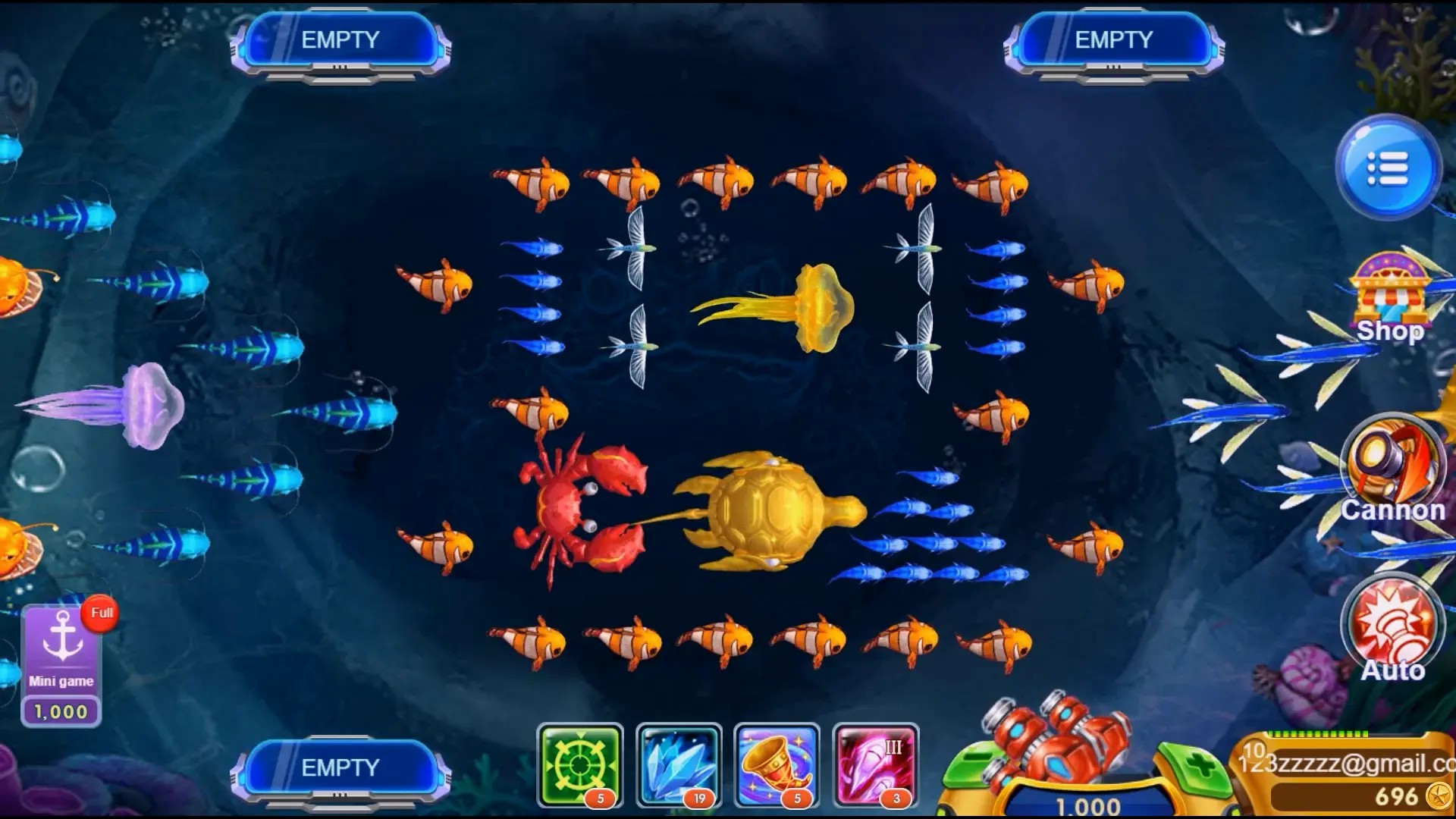Unlocking Creativity: The Rise of Sandbox Strategy Games in the Gaming Industry
Sandbox games have emerged as a vibrant genre within the gaming industry, offering players the freedom to create and explore worlds of their own making. Unlike traditional games, where the narrative and progression are often linear and fixed, sandbox games provide users with the tools and space to unleash their creativity. In this article, we're diving into the reasons behind the ascendance of sandbox strategy games, how they compare to classic titles like Clash of Clans, and what they offer that distinguishes them in the market.
Understanding Sandbox Games
At its core, a sandbox game is defined by its open-world structure that allows players to shape their own experiences. Players can modify environments, build structures, and often follow their ambitions rather than a predetermined storyline. Popular examples include titles like Minecraft and Terraria, which have shown how engagement can thrive when players have autonomy.
The Intersection of Strategy and Creativity
Why combine strategy with sandbox elements? Players enjoy more than just mindless action; they seek purpose and tactical thinking. Sandbox strategy games cater to these psychological needs. Players aren’t simply pitted against challenges; they must devise plans, think critically, and use resources wisely to conquer objectives. This mixture enriches their gaming journey, transforming it into a more thoughtful experience.
Popular Sandbox Strategy Games in the Market
- Fallout Shelter - A unique take on managing a vault and ensuring its residents thrive.
- No Man’s Sky - This game invites players to explore an infinite universe, crafting outposts and managing intergalactic resources.
- Ark: Survival Evolved - Combining strategy with survival, players tame dinosaurs while crafting shelters and ensuring their survival.
A Glimpse into Game Design Mechanics
Sandbox strategy games typically integrate evolving mechanics that affect gameplay styles. Here, players craft their own rules and regulations, often leading to unpredictable results. Some notable mechanics include:
- Building Systems: Players can construct anything from simple homes to intricate cities.
- Resource Management: Balancing resources is crucial to survival and expansion.
- Community Features: Interactions with other players foster teamwork and competition.
The Popularity Surge in Denmark
Denmark has witnessed a burgeoning interest in sandbox strategy games, partially due to the rise of indie game developers who challenge norms. With a culture that fosters innovation and creativity, many local developers have embraced the genre. This environment has encouraged players to seek games that reflect their values—games that not only entertain but also allow them to express themselves.
Key Features That Attract Gamers
| Feature | Description | Impact on Players |
|---|---|---|
| Open World Design | Freedom to explore various terrains. | Increased engagement and immersion. |
| Modding Capabilities | Allows community-created content. | Enhances replayability and creativity. |
| Rich Storytelling | Non-linear narratives shaped by player choices. | Personal connection to the game world. |
Comparison with Classic Strategy Games
While classic strategy games like Clash of Clans thrive on structured gameplay and community warfare, sandbox strategy games offer limitless potential and unregulated creativity. Players often prefer a blend of both worlds, enjoying the strategy elements present in traditional titles while diving into the canvas that sandbox games provide.
How Sandbox Games Influence RPG Elements
Sandbox games often blend with RPG games for PSP, enriching their gameplay. Players can define their character’s path, leveling up through creative choices and influenced by their surroundings. Developers are leveraging this trend to incorporate more interactive storylines within sandbox games, encouraging players to immerse themselves fully in roles.
Future Trends in the Sandbox Genre
What’s next for sandbox strategy games? The blending of technologies such as virtual reality and augmented reality is likely to create even more engaging experiences. As hardware advances, we expect innovative design concepts that shatter the boundaries of imagination. This journey is just beginning, and the potential is limitless.
Key Takeaways
- Sandbox games offer an innovative approach that emphasizes player creativity.
- The amalgamation of strategy and sandbox elements creates unique gameplay experiences.
- Denmark's market shows a significant adaptation of these genres, supported by a vibrant indie game scene.
- Future trends suggest a growing interaction with emerging technologies.
Conclusion
The rise of sandbox strategy games signals a transformative phase in the gaming industry, where creativity and engagement redefine user experiences. As players yearn for more control over their gaming narratives, it’s essential for developers to continue exploring this genre's endless possibilities. The blend of freedom, strategy, and community makes sandbox games a captivating frontier for gamers around the world.



